Some of the most common slang terms for party in the 1920s included “wingding”, “bash”, and “blow”. Many other terms we still use today were either in use by the 1920s or arose during them, such as “beano” or “blowout”. Different parties used many different names but these would have been the most common.
In the 1920s, particularly in the U.S., parties became an even bigger part of culture than they had been in the past.
People have always loved to party, but with all kinds of new social freedoms that developed during this time, parties became an entirely different beast.
Let’s find out more.
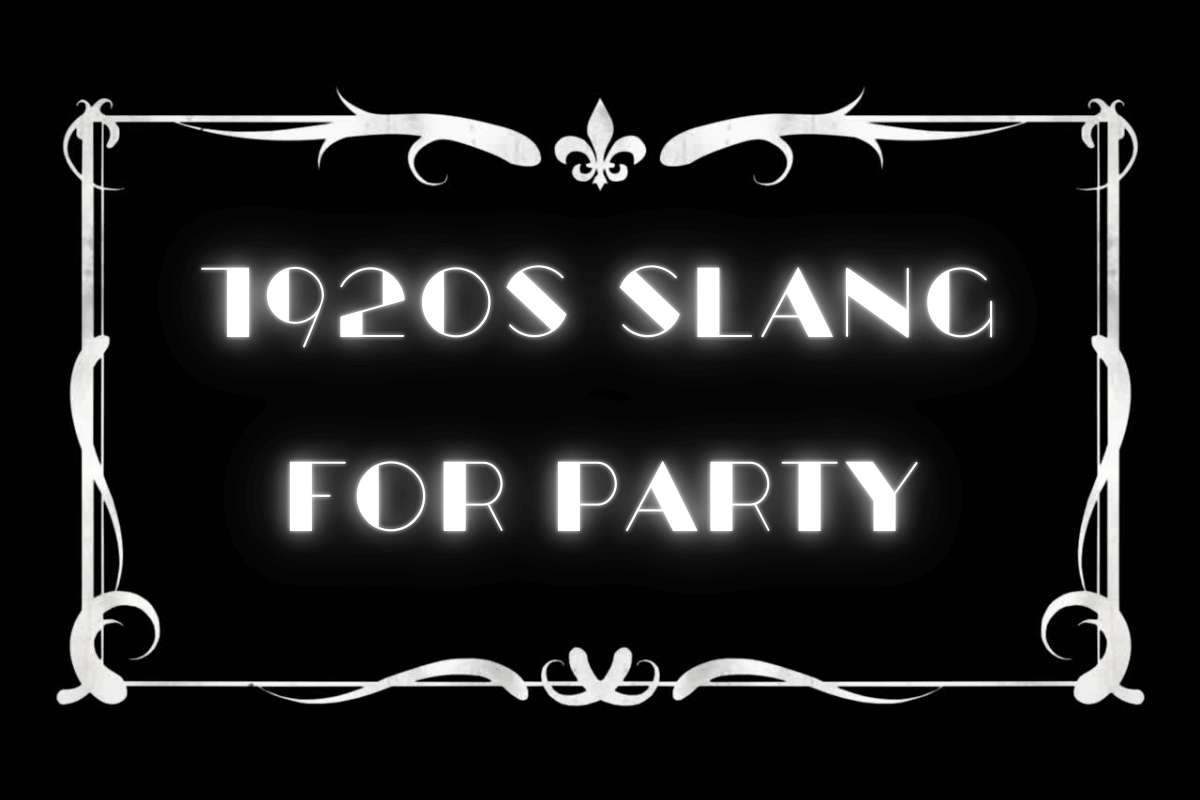
1920s Slang For Party
Bash
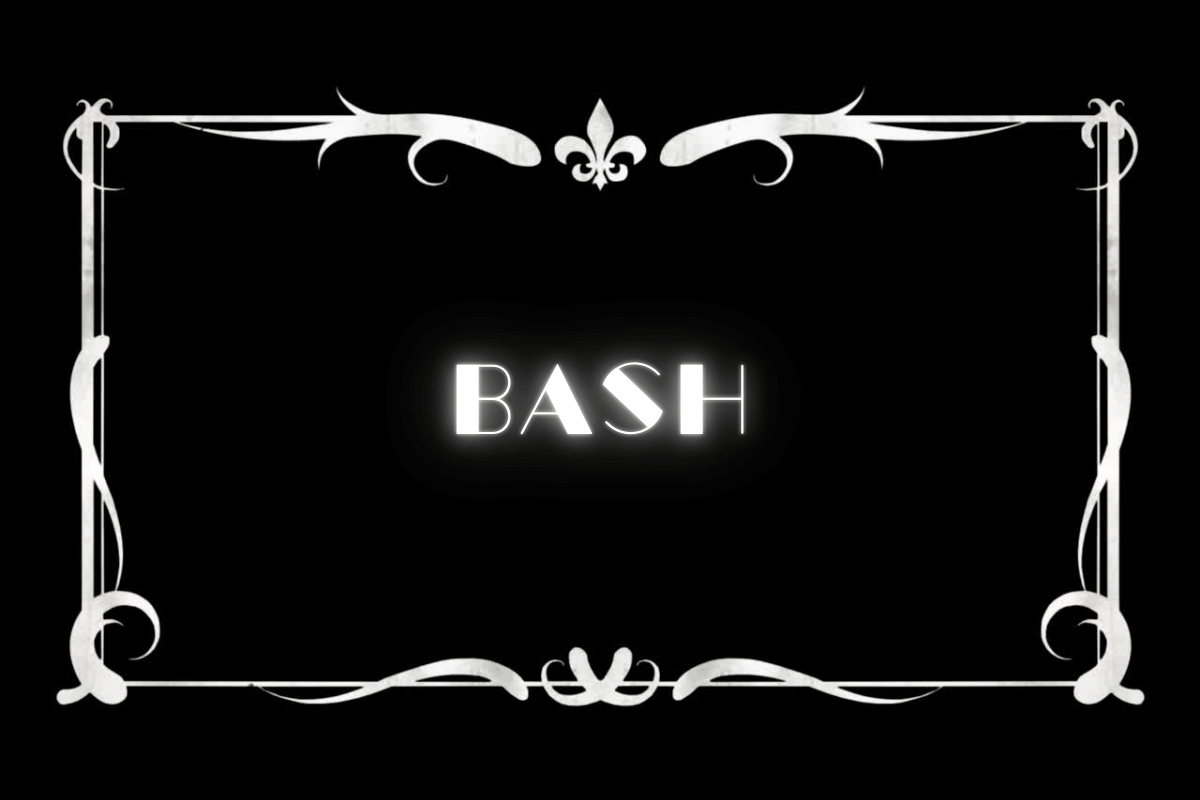
The term “bash” was a popular slang word for a party in the 1920s, especially when referring to large, festive gatherings.
While it could apply to any kind of party, it was most often used for big celebrations, such as birthdays or anniversaries.
The origins of “bash” in this context come from an earlier 19th-century phrase, “on a bash,” meaning to go on a drinking spree.
By the 1920s, the meaning had evolved to describe any kind of joyous, high-energy social event, whether it was a private house party or a grand ballroom affair.
Examples in sentences:
- “We’re throwing a big bash this weekend—don’t miss it!”
- “That was the wildest bash I’ve ever been to!”
- “For his birthday, he always hosts an extravagant bash.”
- “The town’s biggest bash of the year is happening at the Grand Hotel.”
- “Everyone dressed to the nines for the Gatsby-style bash.”
Beano
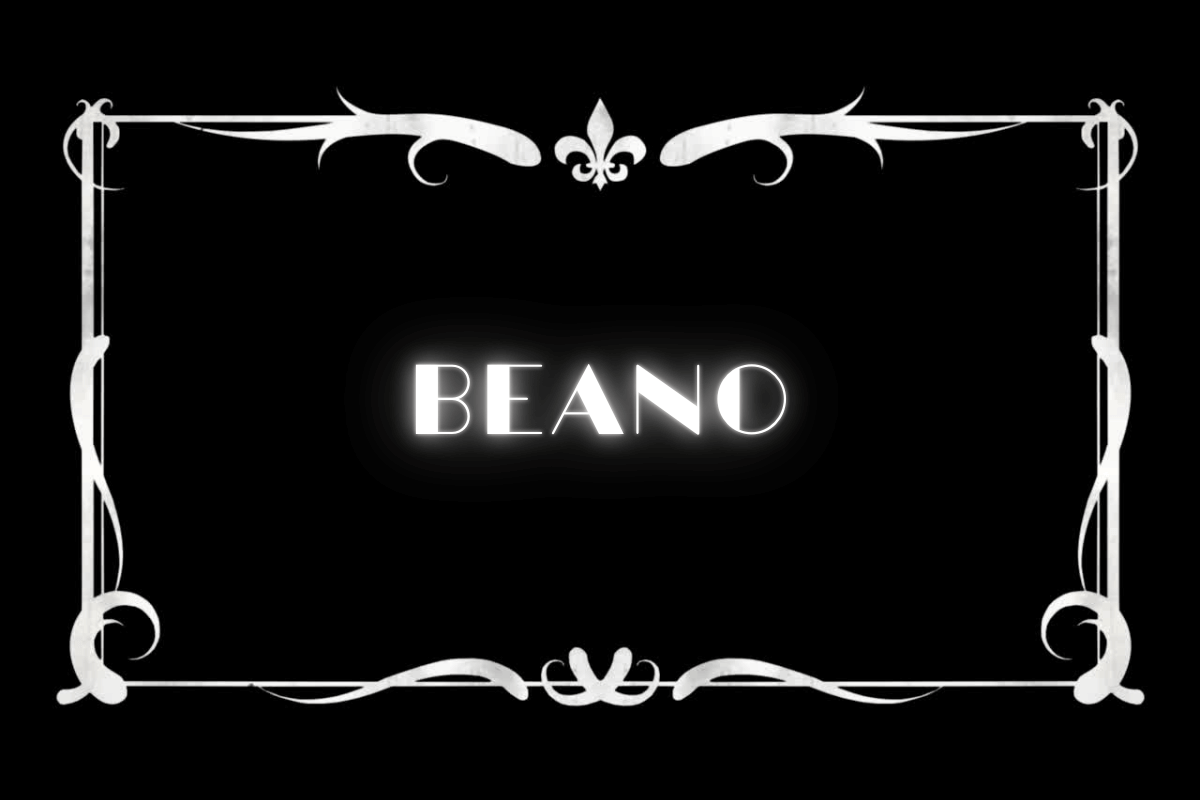
“Beano” was a common slang term for a party in the 1920s, especially in Britain.
It originated as a shortened form of “beanfeast,” which historically referred to an annual dinner given by employers to their workers.
Over time, the meaning expanded to include any kind of fun-filled gathering.
By the 1920s, a “beano” could describe any lively social occasion, from a small get-together to a wild night out.
Whether it was a jazz-filled dance party or a countryside picnic with plenty of drinks, a beano meant good times and high spirits.
Examples in sentences:
- “We’re heading to the pub for a proper beano tonight!”
- “That beano last weekend was an absolute riot!”
- “Every summer, the workers’ union hosts a big beano by the seaside.”
- “The jazz club threw a wild beano to celebrate its grand opening.”
- “Nothing beats a good old-fashioned beano with your mates.”
Blow
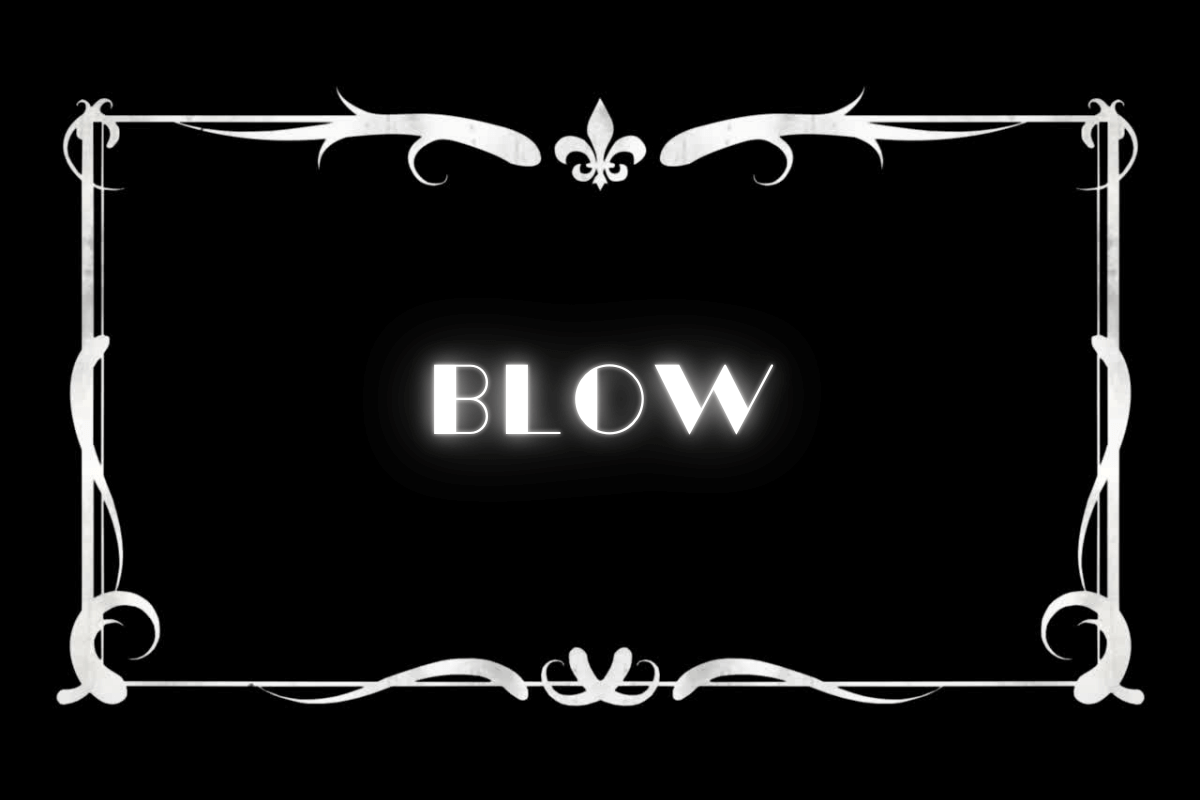
In the 1920s, “blow” was a popular slang term for a party, particularly one that was big, lively, and full of energy.
It was often used interchangeably with “blowout,” emphasizing an extravagant gathering where people let loose and had a great time.
The term likely evolved from older slang meanings of “blow,” which could refer to an outburst or an excessive indulgence.
A “blow” in the Roaring Twenties wasn’t just any casual get-together—it was a full-on celebration, the kind you’d remember (or struggle to remember) the next day.
Examples in sentences:
- “We’re planning a big blow for New Year’s Eve—don’t miss it!”
- “That speakeasy throws the wildest blows in town.”
- “Let’s have a blow to celebrate finishing the semester.”
- “After the game, the whole team had a massive blow at Jake’s place.”
- “Nothing beats a good blow with jazz music and plenty of gin.”
Blowout
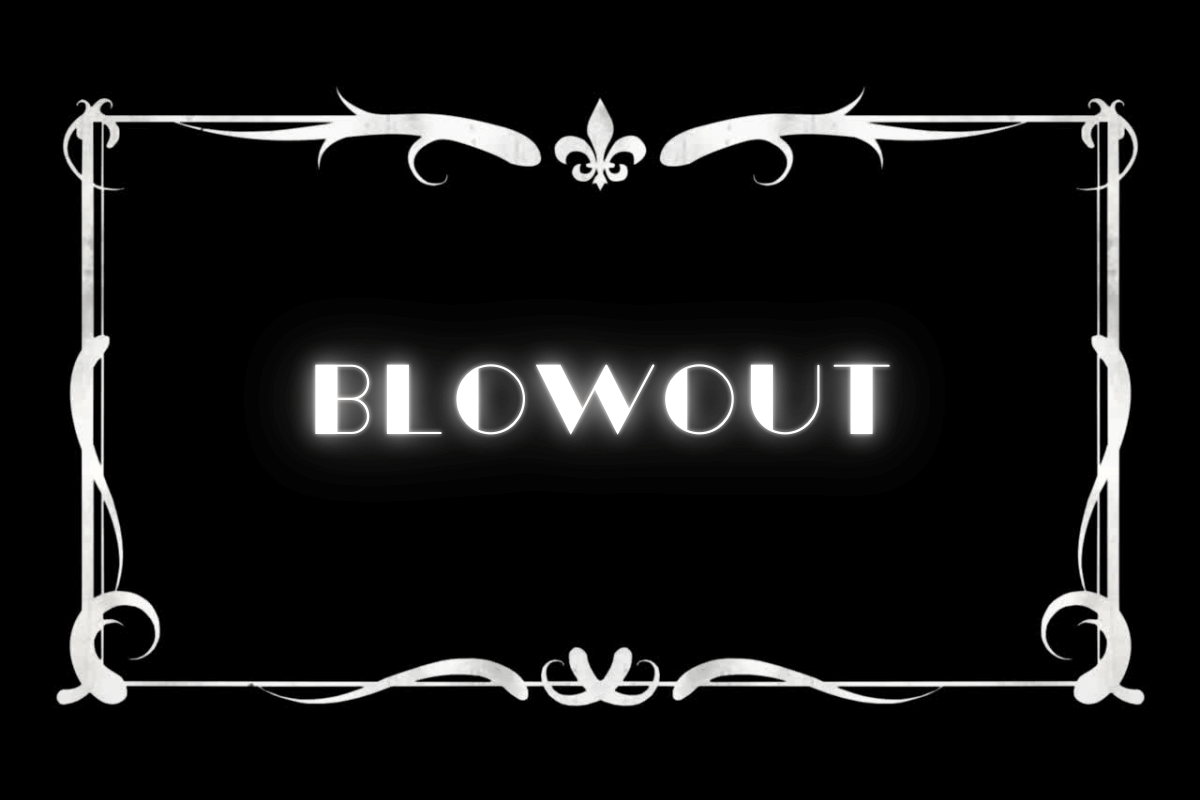
A “blowout” in the 1920s was the ultimate party—bigger, wilder, and more unrestrained than a typical gathering.
It was a celebration where guests could expect jazz music, plenty of drinks, and a night filled with high-energy fun.
If someone was throwing a blowout, it meant they were going all out.
The term evolved from the idea of something bursting or being released in a dramatic way, much like how partygoers would let loose and enjoy themselves to the fullest.
Even today, we still use “blowout” to describe an over-the-top celebration.
Examples in sentences:
- “This weekend’s going to be one big blowout—hope you’re ready!”
- “Everyone’s talking about the blowout at Jack’s mansion last night.”
- “No small get-together for us—we’re having a full-scale blowout!”
- “After their big win, the team had a blowout at the best club in town.”
- “That speakeasy hosts the wildest blowouts every Friday night.”
Boogie

“Boogie” was a term associated with dancing and energetic celebrations, often in the context of jazz and blues music.
While it became more widely popular in later decades, its roots can be traced back to the 1920s when lively dance parties were all the rage.
The term likely comes from early African American slang, referring to both the music and the uninhibited dancing that went along with it.
At a 1920s boogie, guests would dance the night away to the latest jazz tunes, shaking off their worries and embracing the carefree spirit of the Roaring Twenties.
Whether in a swanky ballroom or a hidden speakeasy, a good boogie was all about rhythm, movement, and fun.
Examples in sentences:
- “Put on your dancing shoes—we’re heading to a boogie tonight!”
- “The club was packed with couples enjoying a late-night boogie.”
- “No need to sit still when a good boogie tune comes on!”
- “They threw a boogie that had everyone dancing until dawn.”
- “A proper boogie needs two things: a swinging band and an open dance floor.”
House Party
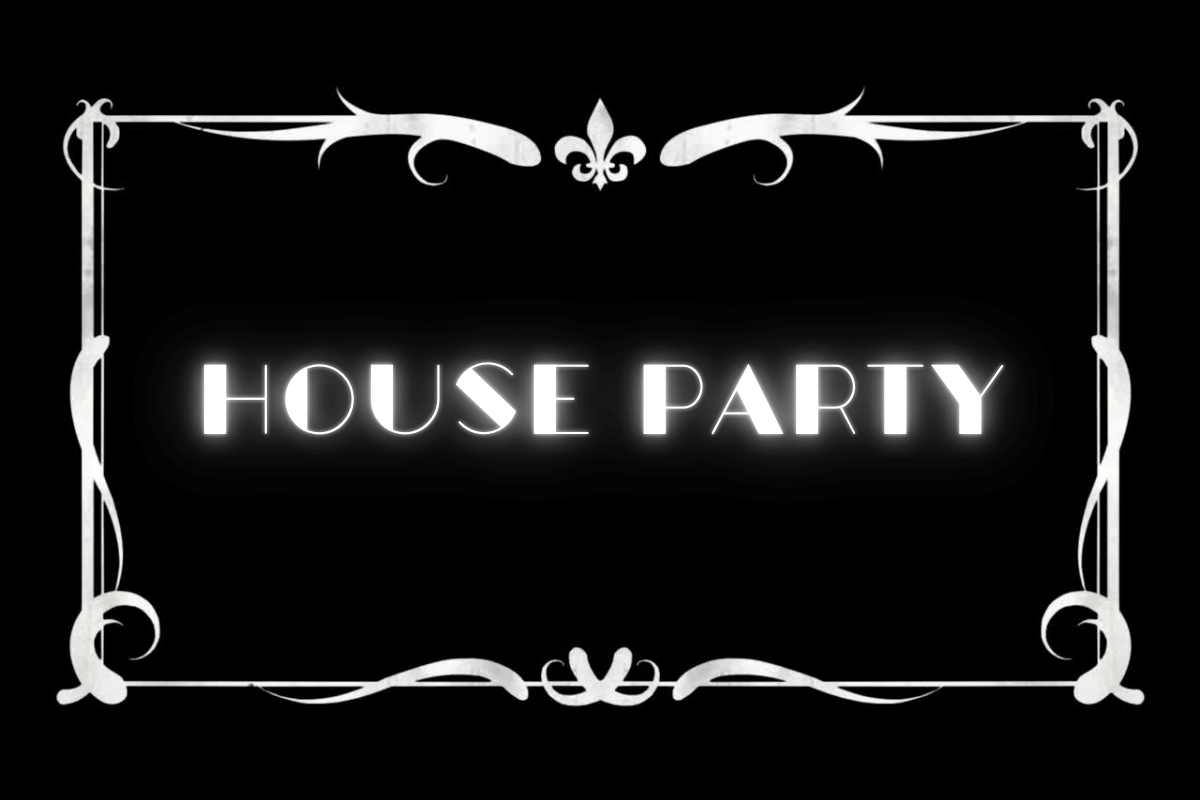
House parties were a staple of 1920s social life, especially during Prohibition in the U.S.
With alcohol banned in public venues, people turned to private residences to host extravagant gatherings where the drinks flowed freely.
These events ranged from small, intimate affairs to full-blown, roaring celebrations that rivaled the wildest speakeasies.
In the era of jazz and flappers, a house party was the perfect way to let loose without fear of a police raid—at least, if the neighbors didn’t complain.
Whether it was a classy cocktail evening or a raucous dance party, house parties became an essential part of the social scene.
Examples in sentences:
- “There’s a big house party at the Johnsons’ place—everyone’s invited!”
- “Prohibition or not, the best house parties always had plenty of booze.”
- “A proper house party isn’t complete without jazz music and dancing.”
- “She hosted the most glamorous house parties in town.”
- “They turned their apartment into a speakeasy-style house party.”
Jamboree

The term “jamboree” has its roots in the early 20th century, originally referring to a gathering of scouts, but by the 1920s, it had evolved to describe any large, energetic party.
With jazz music and the flapper culture in full swing, a jamboree became synonymous with wild, exuberant celebrations, where the energy was high, and the dancing was nonstop.
In the context of 1920s parties, the word “jamboree” evoked a sense of fun and spontaneity, perfect for a night of letting loose with friends and strangers alike.
Whether it was a roaring speakeasy gathering or a grand ballroom affair, a jamboree was always a night to remember.
Examples in sentences:
- “They’re throwing a huge jamboree to celebrate the end of Prohibition!”
- “The town’s annual jamboree had the best jazz bands and dancers.”
- “Everyone’s invited to the jamboree at the old warehouse.”
- “A proper jamboree always has plenty of music and dancing.”
- “It was the wildest jamboree anyone had seen in years.”
Rent Party

In the 1920s, rent parties were a common practice, particularly in African American communities in Harlem.
These gatherings were held in apartments or other private spaces, where guests would contribute money to attend, helping the host cover their rent.
Music was a central element of rent parties, with jazz and blues musicians often performing live to entertain the crowd.
Rent parties became an important social event during the Harlem Renaissance, offering a space for both entertainment and financial support.
The lively, vibrant atmosphere of these parties helped foster the growth of jazz and blues music, while providing a way for communities to come together during tough economic times.
Examples in sentences:
- “She threw a rent party to help cover the bills this month.”
- “The jazz band played all night at the rent party.”
- “Everyone in the neighborhood attended the rent party to support the host.”
- “The rent party was the highlight of the week, with great music and even better company.”
- “They raised enough money at the rent party to pay the rent for the next two months.”
Shindig
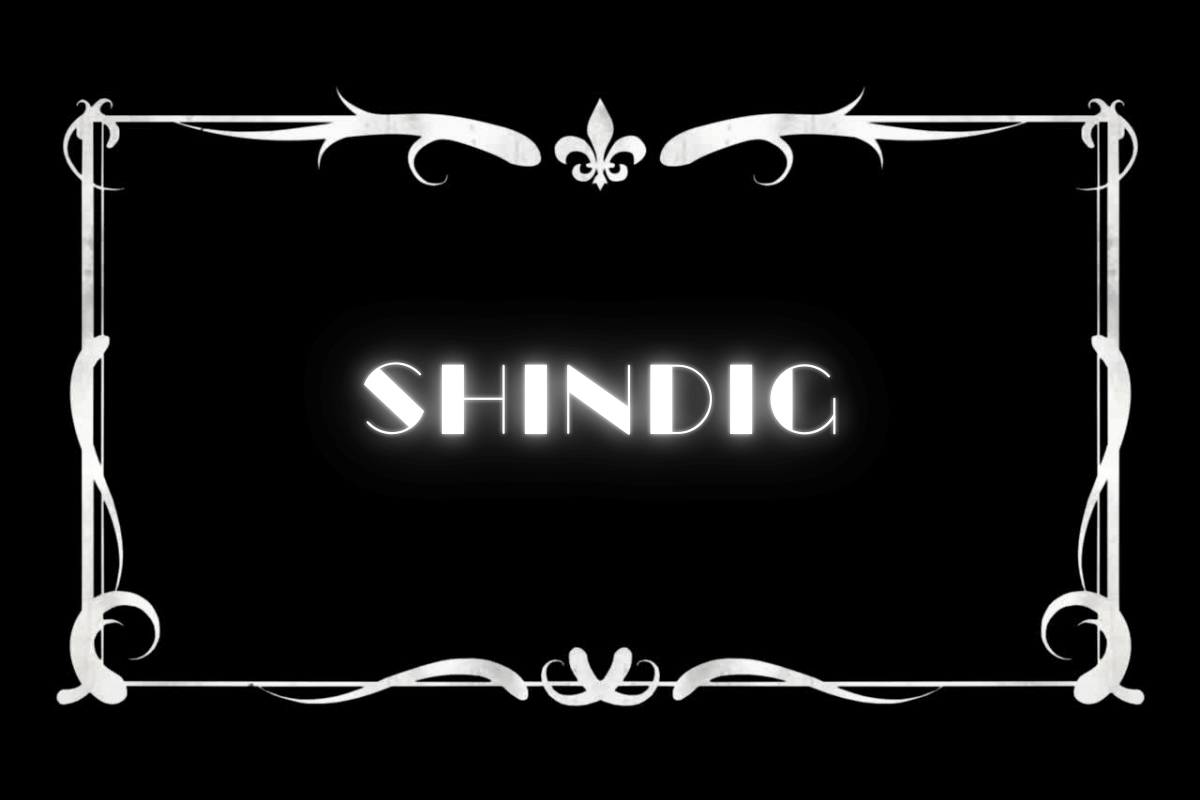
The term “shindig” was popularized in the 1920s and referred to a fun, lively gathering, typically full of dancing, music, and exuberant socializing.
It was commonly used to describe parties that were energetic and lively, often with jazz or swing music setting the mood.
Shindigs were often spontaneous, with people coming together for a night of celebration and entertainment.
In the 1920s, shindigs reflected the era’s love for jazz, dancing, and extravagant socializing.
The term embodied the spirit of the Roaring Twenties, where partygoers embraced the freedom and joy of the times.
Whether thrown in a speakeasy, a grand ballroom, or someone’s home, a shindig was sure to be an unforgettable event.
Examples in sentences:
- “We’re having a big shindig at my place this Saturday, you should come!”
- “The shindig went on until the early hours of the morning with dancing and laughter.”
- “The jazz band at the shindig had everyone on their feet all night long.”
- “A true shindig requires great music and a crowd ready to have fun.”
- “The party turned into an epic shindig that everyone in town talked about.”
Wingding
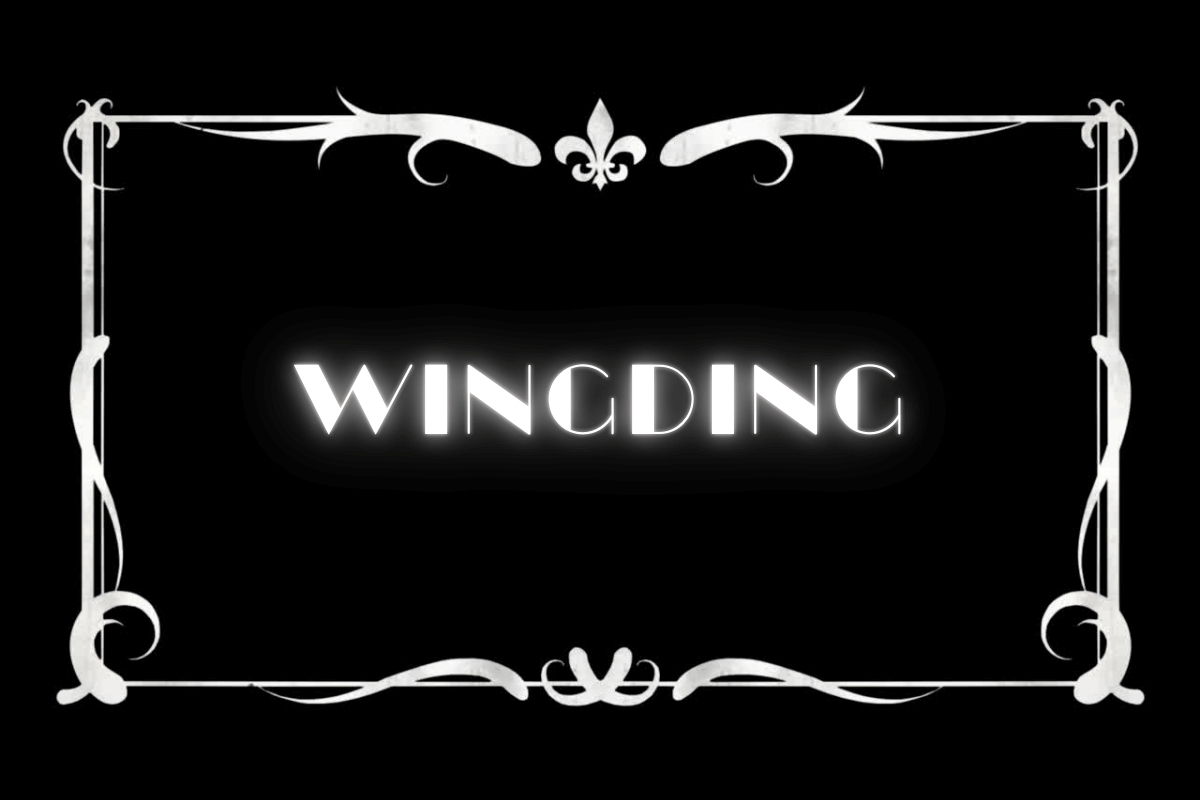
The term “wingding” became widely used in the 1920s to describe a lively, exciting party.
It was often associated with energetic dancing, music, and wild celebration.
While the exact origins of the word are debated, it was used to denote an event that was more than just a typical gathering—it was a full-blown, high-energy party.
Many wingdings occurred in speakeasies, jazz clubs, and private homes, where people could let loose and enjoy the Roaring Twenties’ liberated spirit.
Despite its occasional association with wildness, the word “wingding” embodied the celebratory nature of the time, where social freedom and exuberance ruled.
The term is still recognized today, though it’s not as commonly used in modern conversation.
Examples in sentences:
- “They’re throwing a huge wingding at the club tonight—don’t miss it!”
- “The wingding at the speakeasy was the talk of the town for weeks.”
- “It was one wild wingding, with people dancing and laughing until sunrise.”
- “Everyone came out to the wingding to enjoy the jazz band and the good company.”
- “The whole city was buzzing about the wingding at the town hall.”

